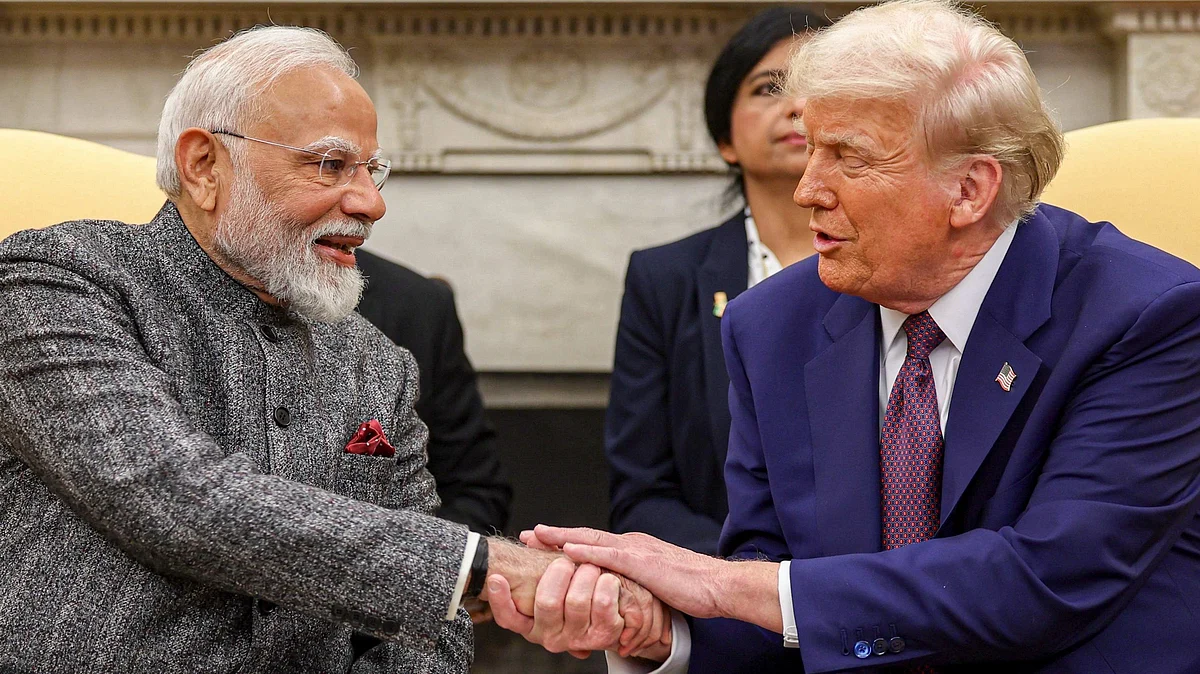Gas for goodwill: India’s import of LPG from US Gulf Coast in 2026
With Indian oil companies agreeing to pay more and buy 10% of the country’s LPG import from the US, India hopes to earn Trump's goodwill

Indian officials have taken pains to explain that the decision to import LPG from the United States has little to do with the on-going negotiations to arrive at a fair trade-deal between the two countries. India, they maintain, has been exploring the option for a long time and now that the opportunity has arisen, India decided to open up the market for LPG from the US.
Curiously, China has stopped buying LPG from the US and has turned towards supplies from the Middle East while India has done the opposite, ostensibly to ensure energy security and diversify the sources of supply. Experts also believe that India might be able to take advantage of lower prices of US LPG following disruptions in supplies to China, which along with Japan were the main buyers of LPG from the US.
India has been sourcing LPG from Qatar, Bahrain and Saudi Arabia. However, following the conflict between Israel and Iran, the Red Sea route threatened by Houthis to protest against Israeli genocide in Gaza and aggression against Palestine, India looked for an alternative source and found one in the US, the officials maintained.
India’s LPG imports from the US are not purely about cost savings. While Middle Eastern suppliers may remain cheaper due to proximity, the US deal enhances energy security, diversifies supply chains, and improves trade relations with Washington. In short, India is paying a bit more for LPG but gaining long-term strategic resilience, is the explanation.
That the agreement is to import from the US just 2.2 MTA (million tonnes per annum) during 2026 out of the total LPG import of 23 MTA is also indicative of the caution that India is exercising. While New Delhi is certainly fishing for goodwill at the White House, it is also moving slowly to test the water, experts point out.
The LPG prices paid by Indian domestic consumers are in any case subsidised by the government, which last year spent Rs 40,000 crore to keep LPG prices for the consumers stable. Pegging LPG cylinder prices between Rs 800 and Rs 900, as opposed to the cost of Rs 1,100 helped keeping the prices stable despite volatility in the international market.
The LPG sourced from the US will be priced according to the benchmark Mount Belvieu, Texas whereas the LPG from the Middle East followed the benchmark set by Saudi oil giant Aramco.
Earlier this year the global liquefied petroleum gas (LPG) market faced an upheaval as high tariffs on US imports forced Chinese buyers to swap American cargoes for alternatives from the Middle East, while US shipments were diverted to Europe and Asia. Middle East suppliers were subsequently tapped by Chinese importers as replacements, and LPG buyers in Japan and India sought to take advantage of the decline in prices.
Energy Aspects analyst Cheryl Liu expected LPG importers such as India, Indonesia, Japan and South Korea to buy more of the cheaper US product, and the Middle East to ramp up supplies to China. "Winners should be all other buyers and Middle East exporters. Losers, I would say, both China and the US," Reuters had quoted her saying earlier in 2025.
